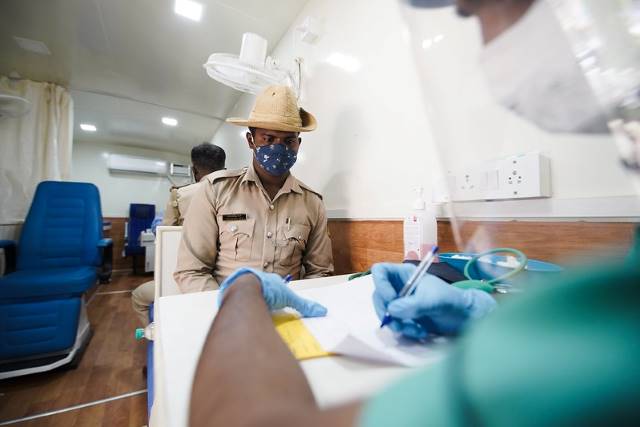India’s Health and Wellness Centers
 India has long lacked an adequate healthcare system, with disadvantaged communities being particularly excluded. Initiatives were implemented throughout the years to improve healthcare in India, culminating in 2018 with the inauguration of the Ayushman Bharat program. The program includes a two-pronged approach to achieving universal healthcare: the establishment of an insurance scheme aimed at impoverished people as well as the creation of 150,000 health and wellness centers (HWCs) throughout the country. While the former has been widely analyzed, the latter is underrated in its potential to improve the lives of India’s most vulnerable. The new HWCs will greatly expand India’s primary healthcare system and will provide impoverished communities with quality healthcare.
India has long lacked an adequate healthcare system, with disadvantaged communities being particularly excluded. Initiatives were implemented throughout the years to improve healthcare in India, culminating in 2018 with the inauguration of the Ayushman Bharat program. The program includes a two-pronged approach to achieving universal healthcare: the establishment of an insurance scheme aimed at impoverished people as well as the creation of 150,000 health and wellness centers (HWCs) throughout the country. While the former has been widely analyzed, the latter is underrated in its potential to improve the lives of India’s most vulnerable. The new HWCs will greatly expand India’s primary healthcare system and will provide impoverished communities with quality healthcare.
Ayushman Bharat and India’s Healthcare System
The Ayushman Bharat program was initiated in 2018 as a response to shortcomings in India’s healthcare system. Indian policymakers have directed much attention toward combating the rates of communicable diseases or diseases that are spread by bacteria. As a result, deaths due to these conditions have decreased. Meanwhile, non-communicable diseases were the cause of 62% of deaths in 2016. The need to reorient India’s healthcare system to this issue became apparent.
The Indian government’s National Health Policy 2017 detailed the need to upgrade the country’s existing health facilities by investing 2.5% of its gross domestic product (GDP) in healthcare by 2025. Ayushman Bharat launched the next year to facilitate this with one of the main goals of the program: the establishment of health and wellness centers throughout the country.
Health and Wellness Centers
India’s health and wellness centers (HWCs) intend to upgrade 150,000 existing health facilities by December 2022. These upgraded facilities are designed to remedy the country’s substandard healthcare by providing a greater range of services and being in touch with local needs. The expanded range of services is key to reaching more people as HWCs will treat issues such as non-communicable diseases and mental health while also providing dental care.
Additionally, HWCs seek to emphasize community engagement to effectively serve the areas they are located in. This includes health promotion through schools and other community centers as well as the empowerment of individual volunteers to improve local capacity. Furthermore, HWCs will encourage the participation of civil society and will engage with local nonprofit organizations to provide additional care.
With a goal of creating 150,000 HWCs by December 2022, India appears to be well on its way. As of November 2020, 50,000 facilities have been made operational, according to the Ministry of Health and Family Welfare. In terms of COVID-19, the work of HWCs is integral as they have been involved in efforts for contact tracing, community surveillance and early identification of cases. They have also ensured the provision of health services for people with co-morbidities who are at higher risk of contracting COVID-19.
The Road Ahead
With the combination of expanded services and community engagement, HWCs are designed to encourage Indians to pursue proper healthcare, thus decreasing the rates of diseases and other ailments. This is especially beneficial for India’s disadvantaged communities as they will have greater access to quality healthcare that is specifically tailored to their needs. In all, HWCs will greatly improve India’s chances of achieving universal healthcare.
– Nikhil Khanal
Photo: Flickr
